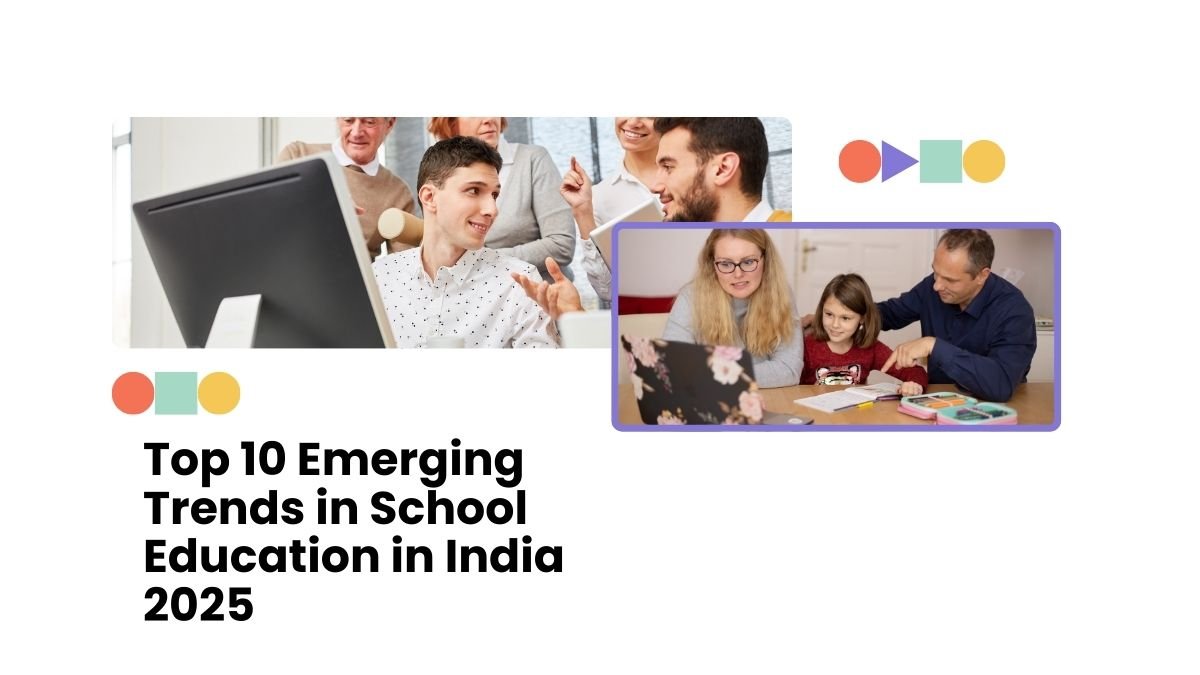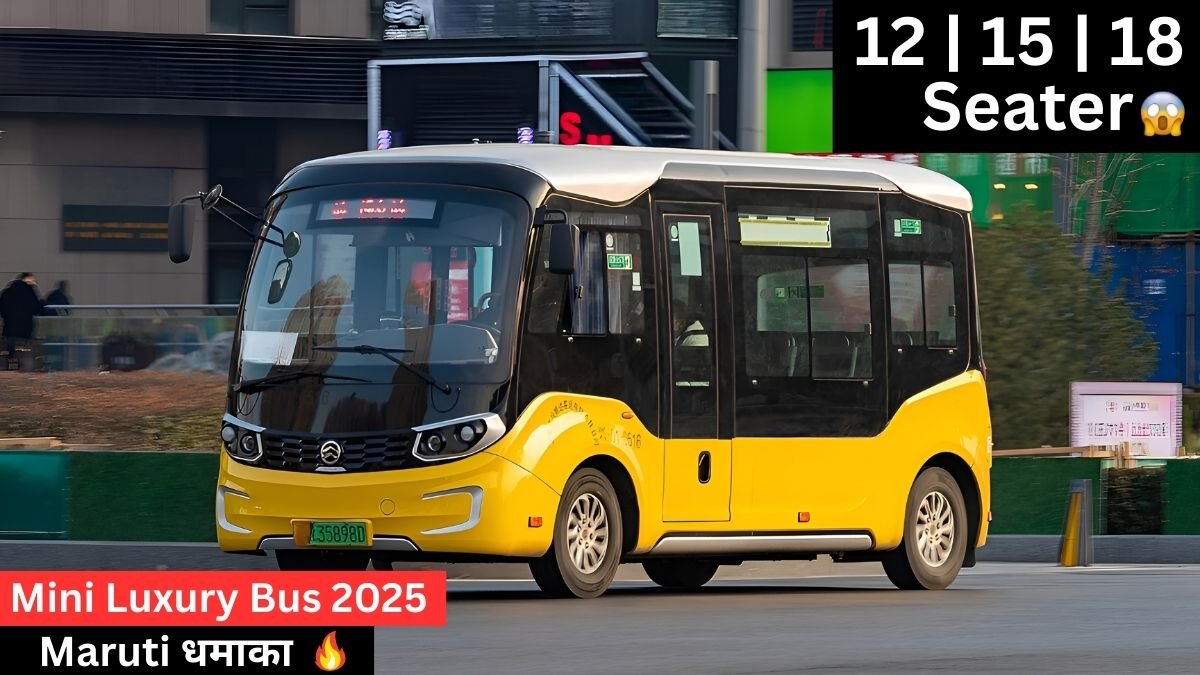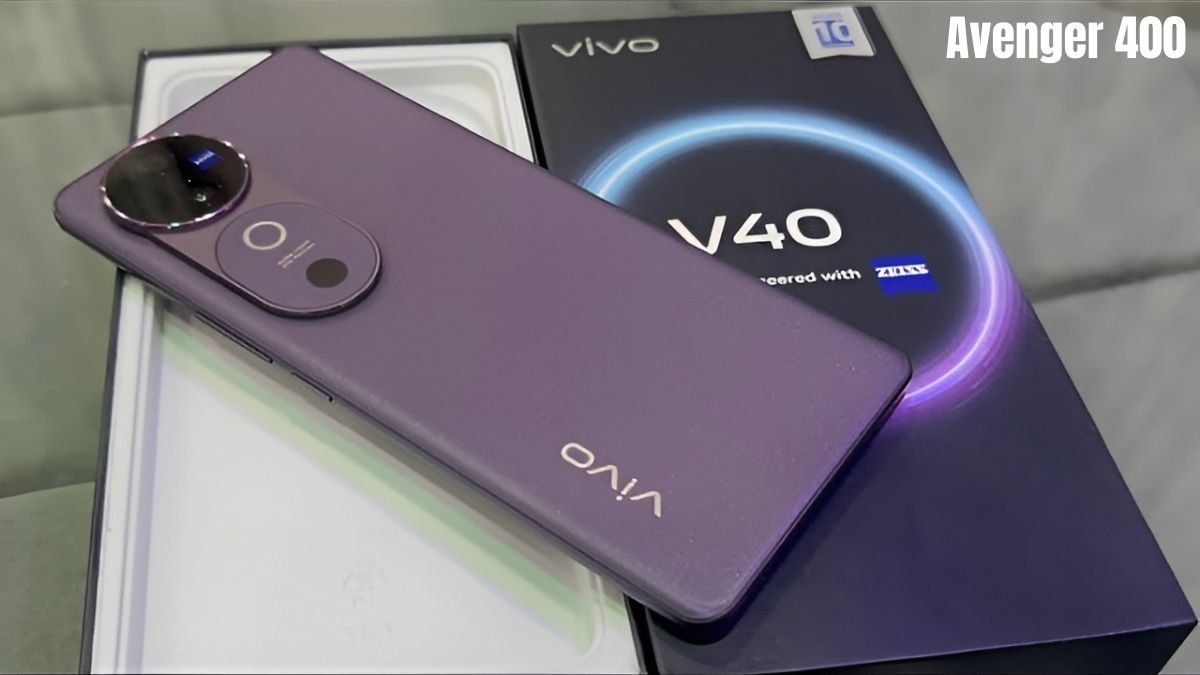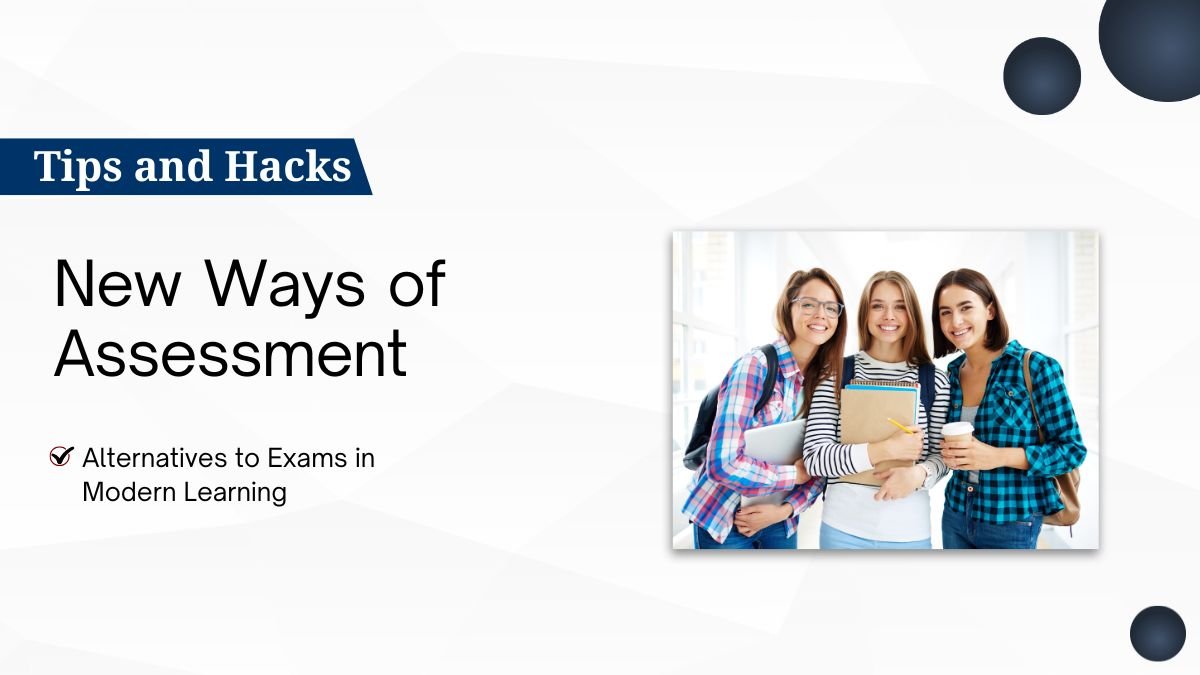Top 10 Emerging Trends in Indian School Education in 2025
The Indian education system has entered a new technological environment by 2025 and innovation. Many changes and trends in school education are emerging, which not only change the method of studying but also emphasize the all-round development of children. Below is an extensive description of the top 10 emerging trends of Indian school education in 2025.
1. AI-Powered Personalized Learning
AI now personalizes the learning process among children.
After analyzing the performance of students, AI gives them individualized curriculum, automated assessments, and instant feedback.
Example: If a student takes some extra time to complete a mathematics topic, AI would be able to recommend additional exercises and video tutorials.
It can be observed through this that every student can learn at his level and pace, which raises productivity and interest in learning.
2. Hybrid and Blended Learning
The equilibrium of online and offline education is evolving in schools.
Hybrid learning means using a physical classroom for in-person learning along with digital platforms for online engagement, thus making students’ learning more flexible.
Example: Practical and online simulations or quizzes such as showing experiments in science lab practicals.
This model is also very useful for students who do not have time or resources to go to their institutions.
3. Skill-Based and Vocational Education
Academic knowledge alone is no longer sufficient in today’s scenario.
Schools are focusing on teaching practical and relevant industry skills to students, including financial literacy, digital skills, entrepreneurship, and technical training.
This opens up employment opportunities for students and encourages self-dependency.
4. Immersive AR/VR Experiences
Augmented Reality and Virtual Reality are driving a more interactive and engaging learning experience.
Example: History students can take a virtual tour of ancient monuments.
Students can better visualize complicated concepts using virtual laboratories in science and physics.
Hence, memory-enhancing learning is made possible through this technology.
5. Social and Emotional Learning (SEL)
These focus on the emotional intelligence of students, such as self-awareness, self-management, and social skills.
Example: Learning to listen, understand, and cooperate can be taught through group activities.
SEL enables children to develop empathy, patience, and positive relationships.
6. STEAM
Education can now be regarded as inclusive because it no longer confines itself to science and mathematics only.
Science, technology, engineering, arts, and mathematics dramatically converge.
Example: Students can integrate math and engineering concepts in a project involving building a robot.
STEAM prepares students for creative-thinking, problem-solving, and innovation.
7. Prioritizing Mental Health and Wellbeing
With a more thorough focus on students’ mental and emotional wellbeing, schools are now giving greater attention to mental health.
Schools provide counseling, yoga, mindfulness, and stress management programs.
This helps children handle pressure effectively and cope with stress.
Attention to students’ mental health also creates a positive, collaborative classroom environment.
8. Robust EdTech Ecosystems
LMSs, cloud computing, and on-demand digital platforms are integral parts of education.
Students can now access their online assignments, quizzes, and projects easily via the internet.
Digital teaching allows for more efficient and interactive learning.
Example: Students can receive educational clips, real-time feedback, and interactive dashboards in class.
9. Global Citizenship and Sustainability
Schools today emphasize global issues, sustainability, and cultural awareness.
They teach students environmental protection, social service, and global citizenship.
Example: Projects may include recycling, energy conservation, and international cooperation.
This helps develop responsible and global-minded citizens.
10. Experiential and Project-Based Learning
Education is shifting from desk-based reading and writing to hands-on activities and project-based learning.
Students practice understanding and solving real-life problems.
Example: Creating solutions to local water crises or energy-saving initiatives in science projects.
Critical thinking, teamwork, and creativity are combined in a single project through this method.
Conclusion
Technology, personalized learning, and mental health have converged in the formulation of the Indian school education system by 2025.
AI and EdTech platforms make learning more personalized and efficient. Hybrid, STEAM, and AR/VR models teach students innovative approaches.
SEL, mental health, and global citizenship focus on developing social and emotional competencies in children.
Project- and experiential-based learning represent real-world scenarios, preparing students for practical challenges.
These trends will help Indian school education achieve its maximum potential. In 2025, education will be more inclusive, technologically empowered, and student-centric, allowing every student to reach their full potential.









